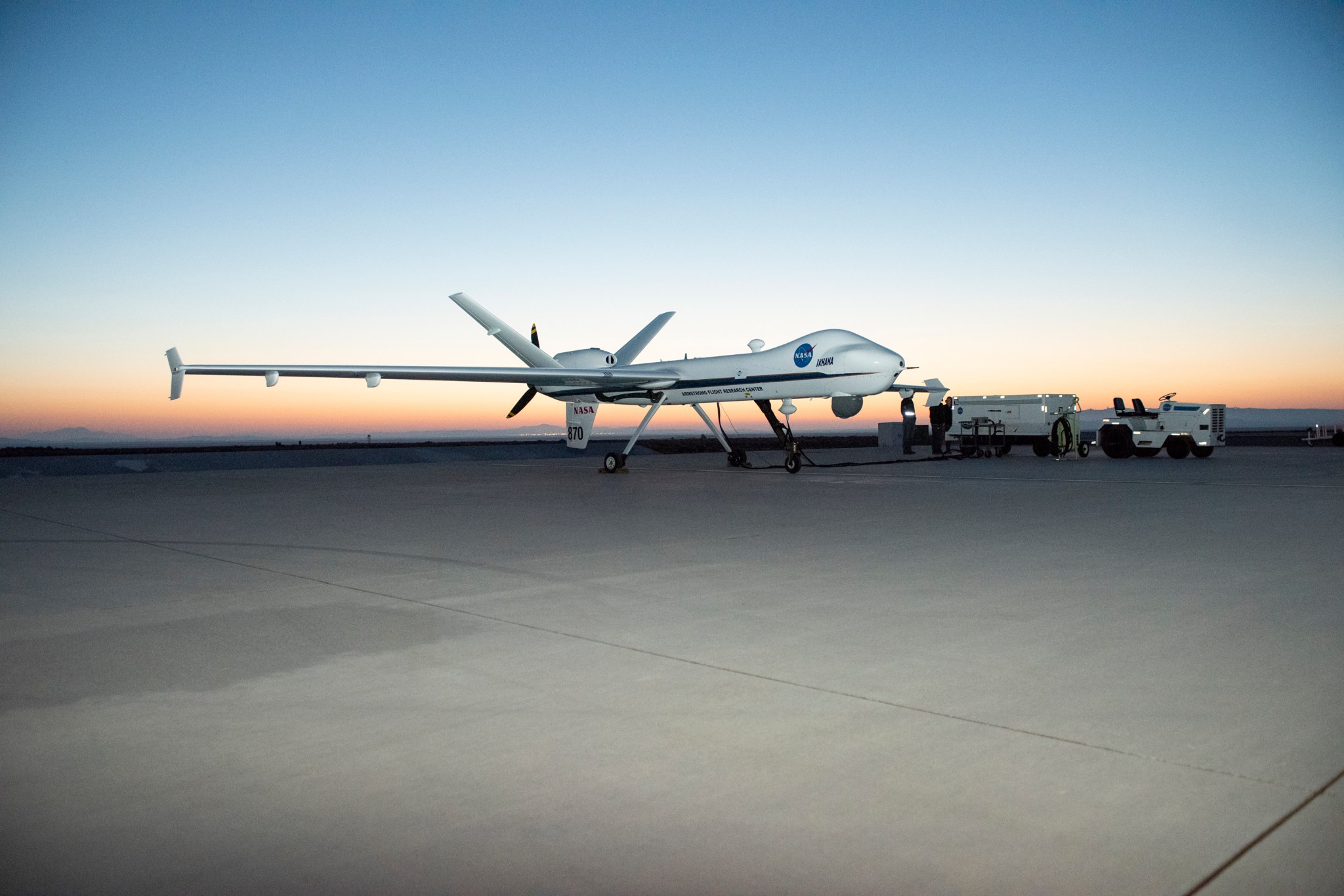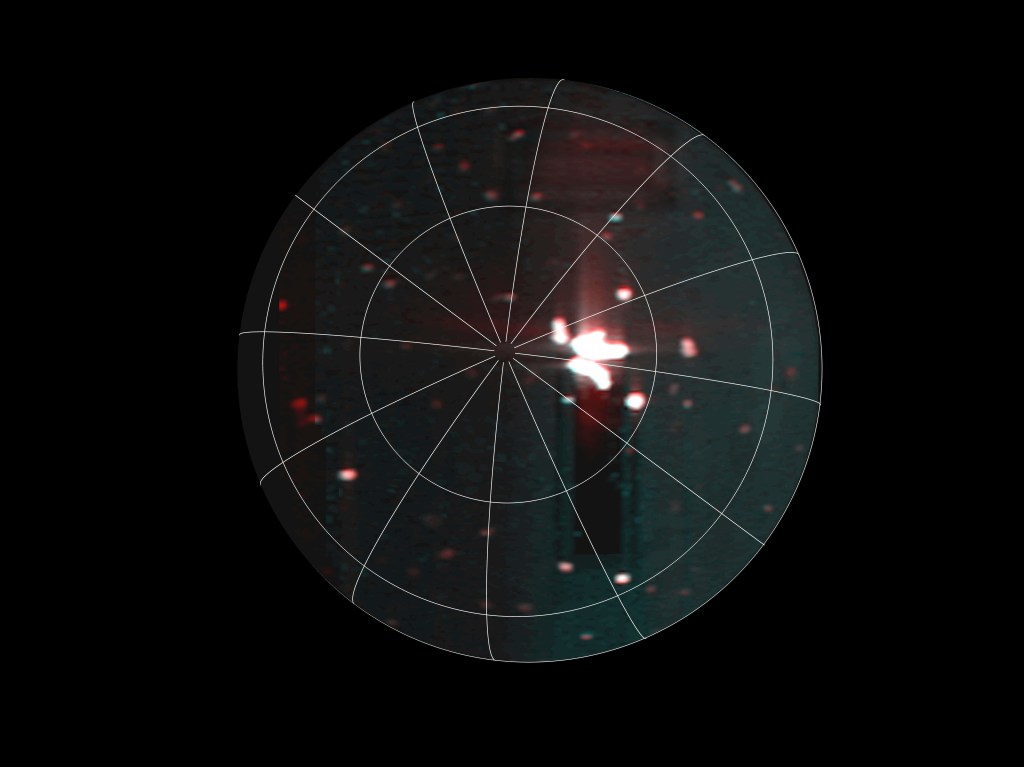
NASA will host a teleconference for members of the media and aviation industry at 4 p.m. EDT on Thursday, June 28, to discuss the details and preliminary results of the agency’s first large-scale, remotely piloted aircraft flight in the national airspace using detect and avoid technology to fly without a safety chase aircraft.
NASA’s Ikhana MQ-9 remotely-piloted aircraft, based at the agency’s Armstrong Flight Research Center in Edwards, California, flew for 2.5 hours on June 12.
The Federal Aviation Administration (FAA), under the authority of a Certificate of Waiver or Authorization, granted NASA in March special permission to conduct a demonstration flight of its unmanned aircraft system that included transitioning through multiple airspace classes (various altitudes) and requiring communications with several air traffic control centers while employing a detect and avoid system from General Atomics Aeronautical Systems, Inc. (GA-ASI) and an air-to-air radar system as an alternate means of compliance for flights without chase.
Remotely piloted aircraft that transition through these airspaces normally require a piloted chase aircraft to accompany them. But, given the maturity of the developmental systems and the particular route agreed upon with the FAA, NASA and its partners were able to successfully plan and perform this flight as scheduled without the use of a chase plane. The results from this effort will inform potential changes to procedures, rules and regulations involving unmanned aircraft operation in the national airspace. This historic flight moves the United States one step closer to normalizing unmanned aircraft operations across the U.S.
Participants will include:
- Sam Kim, technical lead, UAS-NAS Project, Integrated Test and Evaluation (NASA)
- Randy Willis, manager, Emerging Technologies Team (FAA)
- Fabrice Kunzi, detect and avoid lead (General Atomics – Aeronautical Systems, Inc.)
The teleconference will include a 15-minute briefing by the panelists, followed by a question-and-answer session.
To participate, media and industry representatives must email their name, affiliation and telephone number to j.d.harrington@nasa.gov by 2 p.m. Thursday, June 28.
Audio of the teleconference will be streamed at:
Those listening online can ask questions via social media by using the hashtag #askNASA.
For more information about NASA’s aeronautics research, visit:
-end-
J.D. Harrington
Headquarters, Washington
202-358-5241
j.d.harrington@nasa.gov
Rebecca Richardson
Armstrong Flight Research Center, Edwards, Calif.
661-276-2514
rebecca.a.richardson@nasa.gov



























